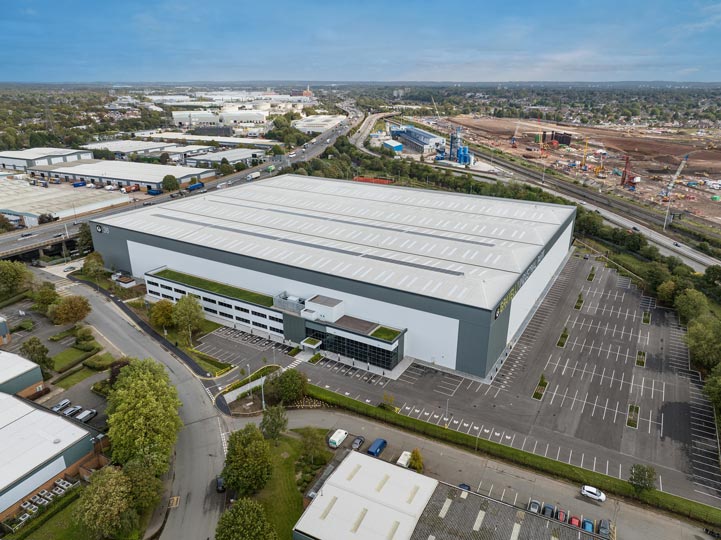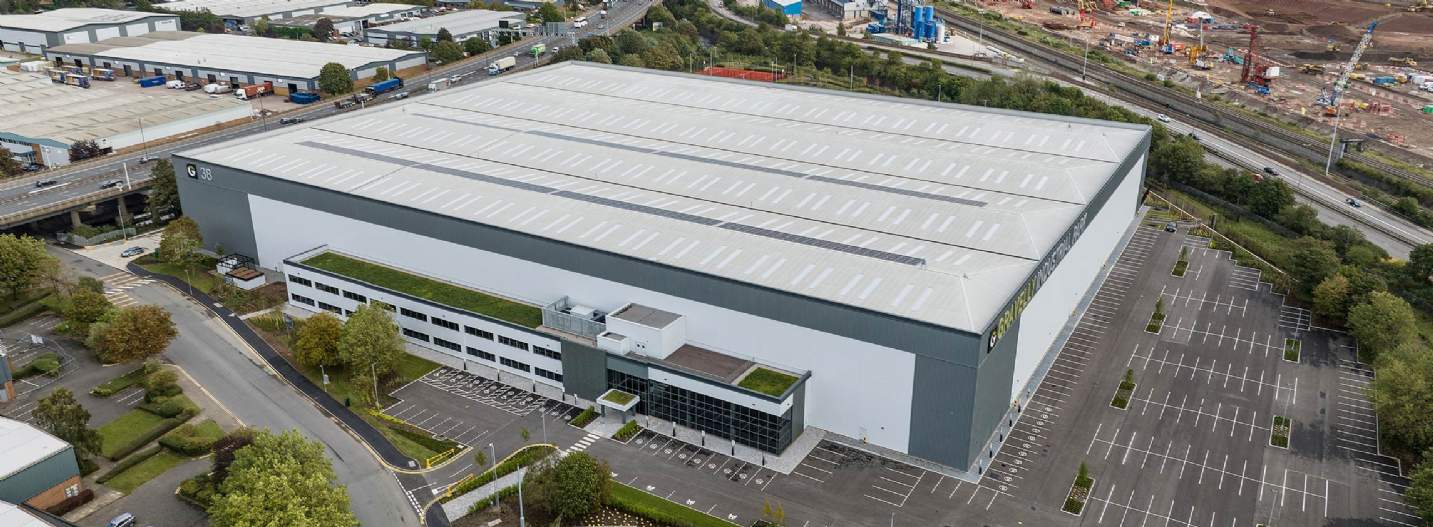The region is well positioned for future rental growth, with just 1.16 years’ worth of supply available based on the five-year annual average take-up

Gravelly Point in Birmingham, where Savills has advised on the letting of c.285,000 sq ft.
Our national requirements index highlighted an increase in occupier demand at the end of 2023, driven by nearshoring and increased stock holdings for improved resilience against future shocks. This trend has been confirmed in the first half of 2024, with take-up already 37% above the long-term H1 average
Ranjit Gill, Director, Birmingham
Supply
Savills’ vacancy rate forecast suggested a more pessimistic outlook for the West Midlands than what has actually transpired. Occupiers have weathered the challenges better than expected, resulting in less supply returning to the market. The slight uptick in vacant space in H1 2024 has been driven by speculative development completions. Currently, there are 37 units over 100,000 sq ft available, totalling 7.37m sq ft. The vacancy rate currently rests at 7.44%.
Of the available stock, 36% is Grade A speculatively developed space, 14% is Grade A second-hand space, 26% is Grade B space, and 24% is Grade C space. West Midlands occupier requirements are heavily focused on power availability and the ability to future-proof units for automation, which most Grade B and C stock cannot provide.
There are currently 22 units available within the 100,000–200,000 sq ft size band, eleven within the 200,000–300,000 sq ft size band, and four within the 300,000–400,000 sq ft size band.
Take-up
Throughout 2023, occupiers paused their expansion plans, with take-up reaching 3.68m sq ft – a 27% decline from the long-term average. As inflation has waned and political certainty has increased, there has been a resurgence in business activity. Take-up has totalled 2.99m sq ft across eleven transactions – 37% above the long-term H1 average. The average transaction size was 272,066 sq ft.
So far in 2024, 84% of space transacted has been Grade A, 6% has been Grade B, and 10% has been Grade C. In terms of specification, 16% of space transacted has been BTS, 36% has been new speculatively developed space, and 48% has been second-hand space. By unit count, there have been three transactions within the 100,000–200,000 sq ft size band, three within the 200,000–300,000 sq ft size band, four within the 300,000–400,000 sq ft size band, and one within the 400,000–500,000 sq ft size band.
Occupier activity has been varied, with 29% of demand stemming from manufacturers, 28% from third-party logistics firms, 15% from the automotive sector, 12% from online retailers, and 12% from wholesalers.
Development pipeline
There are nine units under construction speculatively. Of these, seven are within the 100,000–200,000 sq ft size band, and two are within the 300,000–400,000 sq ft size band.
